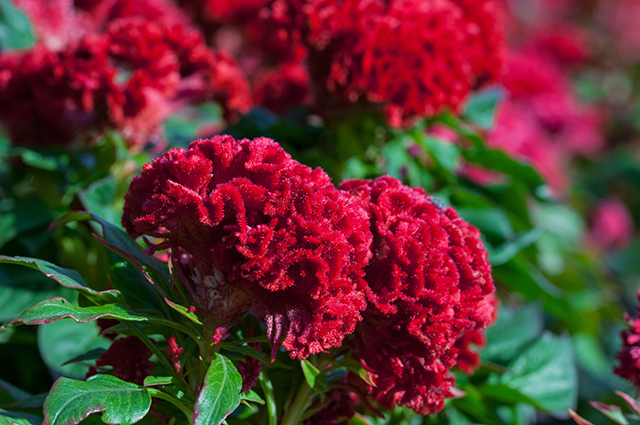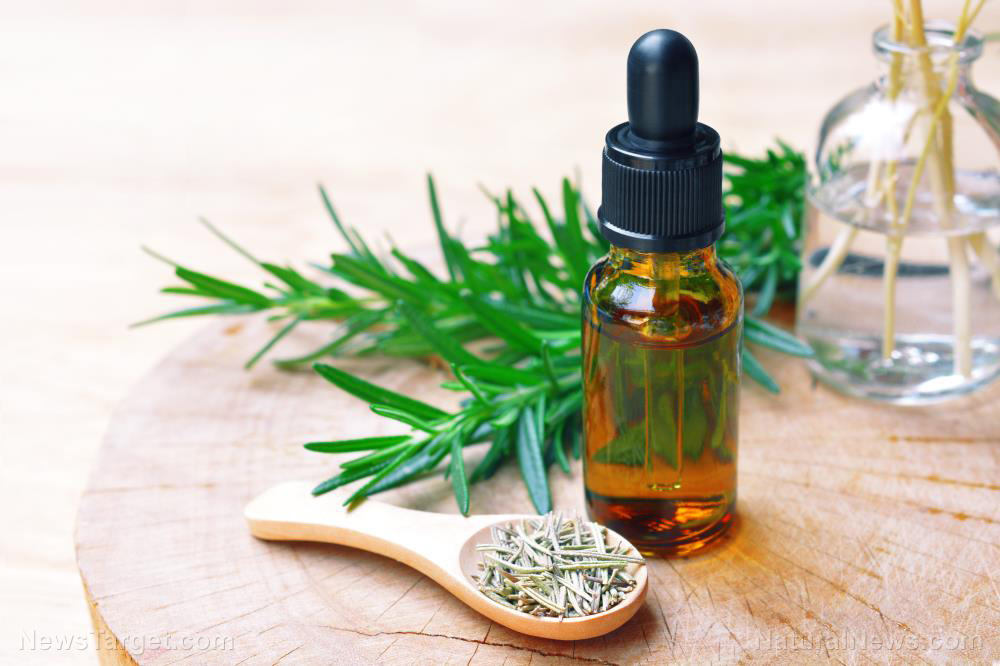
In Bangladesh, the plant is called moragphul. Traditional medicine uses various parts of the plant to relieve all kinds of painful conditions, which include abdominal pain, carpal tunnel syndrome, headaches, menstruation, and wounds.
Cockscomb contains numerous plant-based compounds that are very beneficial to living organisms. The various phytochemicals suppress viral infections, mitigate inflammation, and protect the liver from harm. Other functions include renewing cells and scavenging free radicals that can damage tissue.
A Stamford University Bangladesh study took into consideration these traditional medicinal uses of the cockscomb and the recorded inflammation-fighting action. They also noted the dearth of scientific literature on its painkilling effects.
To amend that lack of data, the Bangladeshi researchers tested a methanol extract from the cockscomb using different chemical and heat pain models in mice. (Related: Relief for trigeminal neuralgia using acupuncture.)
The ornamental vegetable cockscomb is a traditional painkiller
For their study, the researchers prepared an extract from freshly-collected and dried cockscomb using methanol as a solvent. They set four doses, starting with 50 milligrams per kilogram (mg/kg) and progressing to 100, 200, and finally 400 mg/kg.
The crude extract was screened for phytochemicals, with particular emphasis on flavonoids and phenolics. The extract was also tested for its scavenging effect on the DPPH radical, a common free radical that is used to evaluate the antioxidant activity of substances.
The different doses of extract were given to mice in five different pain models. Thermal-based pain models involved hot plate and tail immersion tests, while chemical-based pain models involved acetic acid, formalin, and glutamate-induced nociception tests. These are all standard and common ways of testing pain and pain relief methods.
The opioid-blocking drug naloxone was used to test if there was any opioid involved in the pain-relieving activity of the extracts. The antidiabetic drug glibenclamide did the same for the ATP-sensitive potassium ion channel, while the medication dye methylene blue tested the cyclic guanosine monophosphate (cGMP) pathway. These three channels are common ways for chemical compounds to relieve pain.
Multiple models show cockscomb extract can relieve pain in animals
The Stamford Bangladesh researchers found out that the cockscomb extract achieved antinociceptive – a fancy way of saying "pain-blocking" or "pain-relieving" – activity in all experimental pain models. The painkilling effect increased according to the dose of extract given to the animal.
Treated mice took longer to experience heat-related pain during the hot plate and tail immersion tests. These results suggested that the extract possessed strong central antinociceptive activity.
Furthermore, the cockscomb extract was very effective at suppressing pain-related writhing in the acetic acid-induced writhing test. It also reduced neurogenic and inflammatory pain caused by formalin. These two tests evaluated central and peripheral pain relief activity.
In addition, the extract treatment greatly inhibited paw licking and edema due to glutamate, which is a test for peripheral pain.
The researchers noted that naloxone and glibenclamide were able to reduce the pain-relieving effect of the cockscomb extract. The former result meant that the extract triggered opioid receptors. The latter result suggested that the extract also involved the ATP-sensitive potassium ion channel system. Finally, the cGMP pathway was shown to be part of the pain-relieving effect.
In conclusion, the researchers believe their experiment supports the traditional use of cockscomb as a natural analgesic in Bangladesh. They recommend tracking down the primary ingredients in the plant's antinociceptive activity.
NaturalCures.news has more stories to share about other colorful garden herbs that double as natural pain relief medicine.
Sources include:
BMCComplementAlternMed.BioMedCentral.com
Please contact us for more information.























